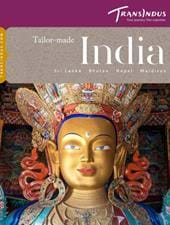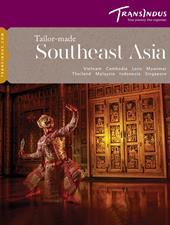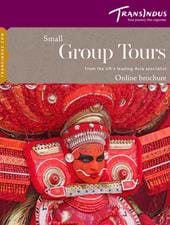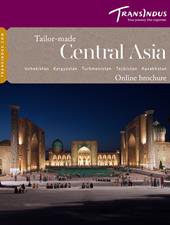Nowhere else in India does the distant past feel closer to the surface than the rock-cut complexes of Ellora and Ajanta, a day’s journey northeast of Mumbai. Carved from the mountains of the Deccan Plateau between the 2nd century BC and the 11th century AD, these temples, monasteries, and shrines hold a wealth of exquisite sculpture and painting, miraculously preserved in their remote settings – and guaranteed to induce goosebumps. In their day, the sites lay on busy trade and pilgrimage routes. Now, they are miles from any major towns, on the edge of arid hill tracts – through a crop of luxury hotels in Aurangabad, to the south, provide comfortable bases from which to visit them.
Ellora’s crowning glory, rising from the centre of a 2-km-long escarpment, is the Kailashnath Temple. The towering edifice looks as if it was built in blocks but was a megalith scraped laboriously from the bare rock over several decades. Unlike the other caves that honeycomb the surrounding cliffs, the carvers started from the top and cut downwards, sculpting the myriad deities, creatures, mythological scenes and complex ornamentation that adorns the great shrine as they progressed. Even today, the scale of the undertaking bewilders. In its time, Kailashnath must have inspired awe and spiritual ecstasy in the pilgrims that travelled across India to see it.
Ajanta’s wonders are more modest in scale but no less thrilling. Cut from the flanks of a horseshoe-shaped ravine, its caves are renowned above all for their ancient murals. The tempura paintings, created between 150 BC and 650 AD, depict a rich cross-section of life in the ancient world, from court scenes to processions, markets, great rituals, battles and boudoirs. What makes the most impression here, however, are the individual portraits. Figures such as ‘Padmapani’ holding a lotus bloom in Cave 1, and the famous ‘Dying Princess’ in Cave 16, positively shimmer with youthful energy, 16 or more centuries after they were painted by lamplight onto the walls of these gloomy caverns.
Some of the Buddhist sculpture at Ajanta is no less affecting. An ideal place to end your tour, in quiet contemplation of the passage of time, is Cave 26, at the far end of the ravine, where a long bas-relief of a Buddha reclining on his deathbed covers an entire wall. Offerings of flowers left by pilgrims frequently lie scattered on the worn floor beneath it.








